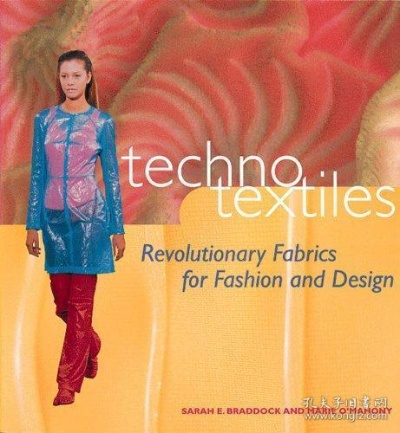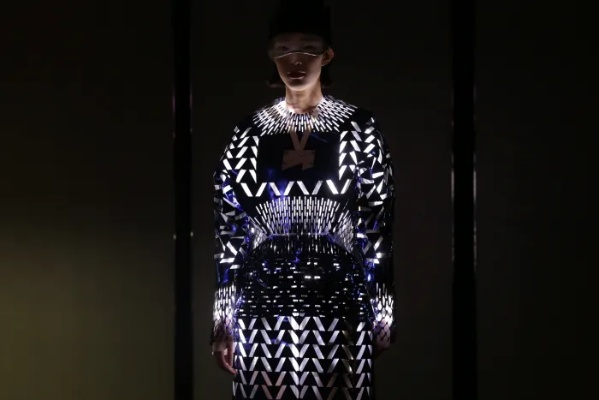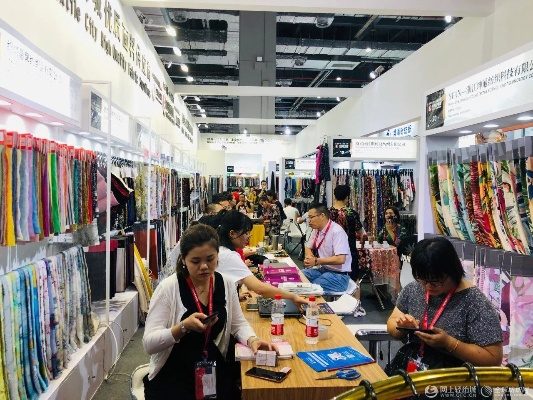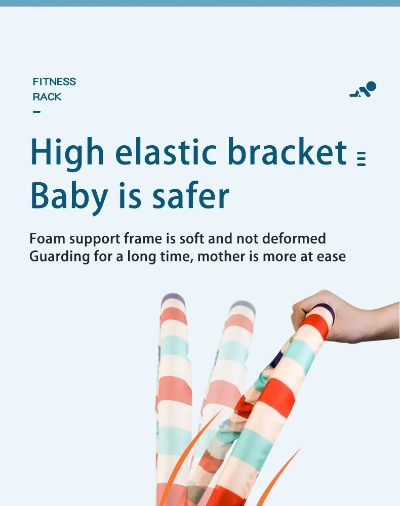The Future of Textile Design:Innovations,Trends,and the Impact on Fashion
The future of textile design is poised on the cusp of innovation, with a focus on sustainability and adaptability. Designers are pushing the boundaries of traditional fabrics and materials, experimenting with new technologies such as 3D printing and bio-based materials to create garments that are not only visually striking but also environmentally friendly. The rise of digital fabrication and virtual reality has opened up new possibilities for creating custom designs that can be tailored to individual preferences and body types. Additionally, the influence of global fashion trends is increasingly being influenced by local cultures and social movements, leading to a more inclusive and diverse range of styles. The impact of these changes on the fashion industry is significant, as they challenge traditional notions of what constitutes fashion and encourage a more conscious and responsible approach to clothing production.
Introduction: The textile industry is a vibrant sector that shapes our daily lives through its diverse array of products. From clothing to bedding, from home decor to industrial materials, textiles are integral to human society. As technology advances and consumer preferences evolve, the field of textile design is experiencing unprecedented growth and transformation. In this discussion, we will explore the latest innovations, market trends, and how they are reshaping the fashion world.

Technological Advances in Textile Design
Technology has revolutionized the textile industry, bringing new possibilities for design and production. One significant development is the use of digital printing, which enables designers to create complex patterns and designs with ease. This technique is particularly popular in the fashion industry, where it allows for faster turnaround times and greater customization.
Another technological advancement is the integration of artificial intelligence (AI) into textile design. AI algorithms can analyze large datasets of fabrics and colors, helping designers to select the most suitable options for their projects. Additionally, machine learning can enable machines to predict customer preferences based on historical data, further streamlining the design process.
Innovative materials such as biodegradable fibers and eco-friendly dyes are also gaining traction in the textile industry. These sustainable materials not only reduce environmental impact but also appeal to consumers who prioritize ethical and environmentally conscious choices.
Market Trends and Consumer Preferences
The fashion industry is constantly evolving, and textile designers must stay ahead of these trends to remain relevant. Here are some key market trends that are shaping the future of textile design:
-
Sustainability: With increasing awareness of environmental issues, consumers are demanding more eco-friendly products. Designers are incorporating recycled materials and using natural dyes to meet this demand.
-
Personalization: Customers want personalized experiences, and textile designers are responding by offering customized designs and sizes. This trend is particularly evident in the home furnishings and apparel industries.
-
Comfort and Health: As people prioritize comfort and health, textiles that promote relaxation and well-being are becoming more popular. This includes breathable fabrics, antimicrobial materials, and materials that regulate temperature.
-
Accessibility: Designers are working to make textiles more accessible to all, including those with disabilities. This includes creating textured and patterned fabrics that are easier to maneuver, as well as designing products that accommodate different body types and sizes.
Case Studies: Examples of Successful Textile Design Strategies
To illustrate the impact of these trends and technologies on textile design, let's look at two case studies:
Case Study 1: Eco-Friendly Textiles by Reformation Reformation is a fast-growing sustainable fashion brand that uses organic cotton and recycled polyester in its collections. The brand's commitment to sustainability is reflected in its packaging, which is made from recycled paper and cardboard. Reformation's success can be attributed to its focus on eco-friendly materials and its ability to communicate this message effectively to consumers.

Case Study 2: Personalized Apparel by Everlane Everlane is an online retailer that offers customizable clothing and accessories. Its customers can choose from a range of fabrics, colors, and styles, allowing them to truly personalize their wardrobe. Everlane's success can be attributed to its focus on customer satisfaction and its ability to offer a seamless shopping experience.
Conclusion: As the textile industry continues to evolve, designers must stay informed about emerging technologies, market trends, and consumer preferences. By embracing innovation and staying ahead of the curve, designers can create products that meet the needs of today's consumers while also promoting sustainability and ethical practices. The future of textile design is bright, and with the right strategies, designers can contribute to a more beautiful and responsible world.
在今天的纺织品设计研讨会上,我们探讨了纺织品设计的最新趋势和未来发展方向,本次研讨会汇集了行业内众多专家和设计师,共同探讨纺织品设计的创新与变革,以下是关于纺织品设计研讨会的详细报告。
纺织品设计概述
纺织品是日常生活中不可或缺的物品,其设计风格和功能直接影响到人们的穿着体验和舒适度,随着科技的不断发展,纺织品设计也在不断演变和创新,本次研讨会聚焦于纺织品设计的创新、环保、功能性以及时尚性等方面。
案例分析
环保材料的应用
在今天的研讨会上,我们看到了许多关于环保材料的应用案例,采用可再生纤维如竹纤维、棉纤维等制作的衣物,不仅环保,而且具有舒适性和透气性,还有利用生态染料进行染色,减少对环境的污染,这些案例展示了纺织品设计在环保方面的创新和发展。
功能性纺织品的设计
功能性纺织品是现代纺织品设计的热点之一,它们具有多种功能,如防静电、抗菌、抗紫外线等,能够满足人们的不同需求,采用智能纤维制作的衣物可以监测人体温度、湿度等生理数据,为人们提供更加智能化的穿着体验,这些案例展示了纺织品设计在满足人们需求方面的创新和发展。
纺织品设计的创新趋势
绿色环保材料的应用

随着环保意识的不断提高,绿色环保材料的应用越来越广泛,未来纺织品设计将更加注重环保、可持续性,采用可再生、可降解的材料制作衣物,减少对环境的污染,还将注重材料的舒适性和透气性,提高穿着体验。
智能化纺织品的设计
随着科技的不断发展,智能化纺织品的设计也将成为未来纺织品设计的热点之一,未来纺织品将更加注重智能化、个性化,能够满足人们的不同需求,采用物联网技术制作的衣物可以连接智能设备,实现智能穿戴、健康监测等功能,这些案例展示了纺织品设计在满足人们需求方面的创新和发展。
未来纺织品设计的展望
创新设计理念
未来纺织品设计将更加注重创新设计理念,设计师们将更加注重产品的个性化、时尚性、功能性等方面的平衡,打造出更加符合人们需求和审美观念的纺织品产品,还将注重产品的可持续性和环保性,为人们的健康和生活质量提供更好的保障。
跨界合作与融合
未来纺织品设计将更加注重跨界合作与融合,设计师们将与不同领域的企业合作,共同研发出更加符合市场需求和消费者需求的纺织品产品,还将注重产品的实用性和耐用性,提高产品的品质和价值。
总结与展望
本次研讨会让我们对纺织品设计的创新和发展有了更深入的了解和认识,未来纺织品设计将更加注重环保、可持续性、个性化、时尚性等方面的平衡和创新发展,还将注重产品的实用性和耐用性,提高产品的品质和价值,我们相信,在未来的纺织品设计中,将会涌现出更多的优秀作品和创新理念。
Articles related to the knowledge points of this article:
The Story of Wuxi Yingfeng Textiles



